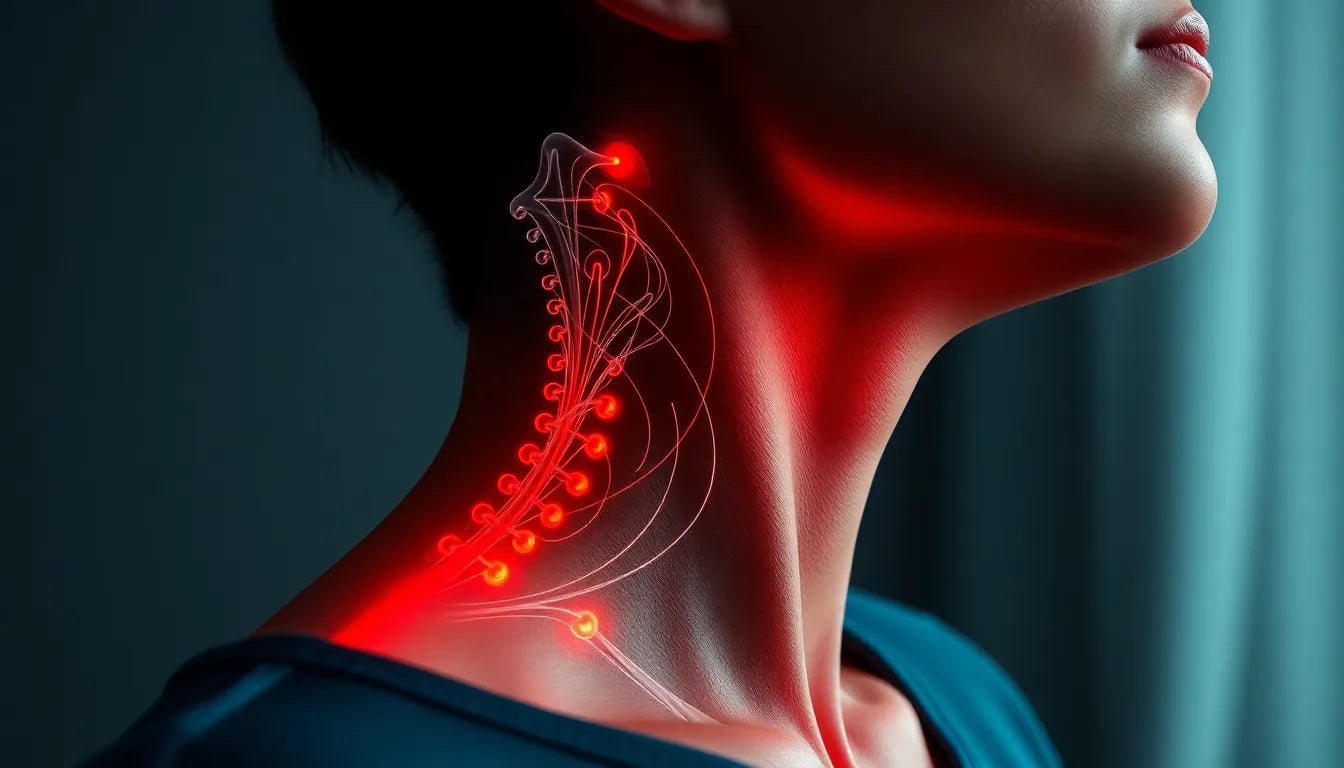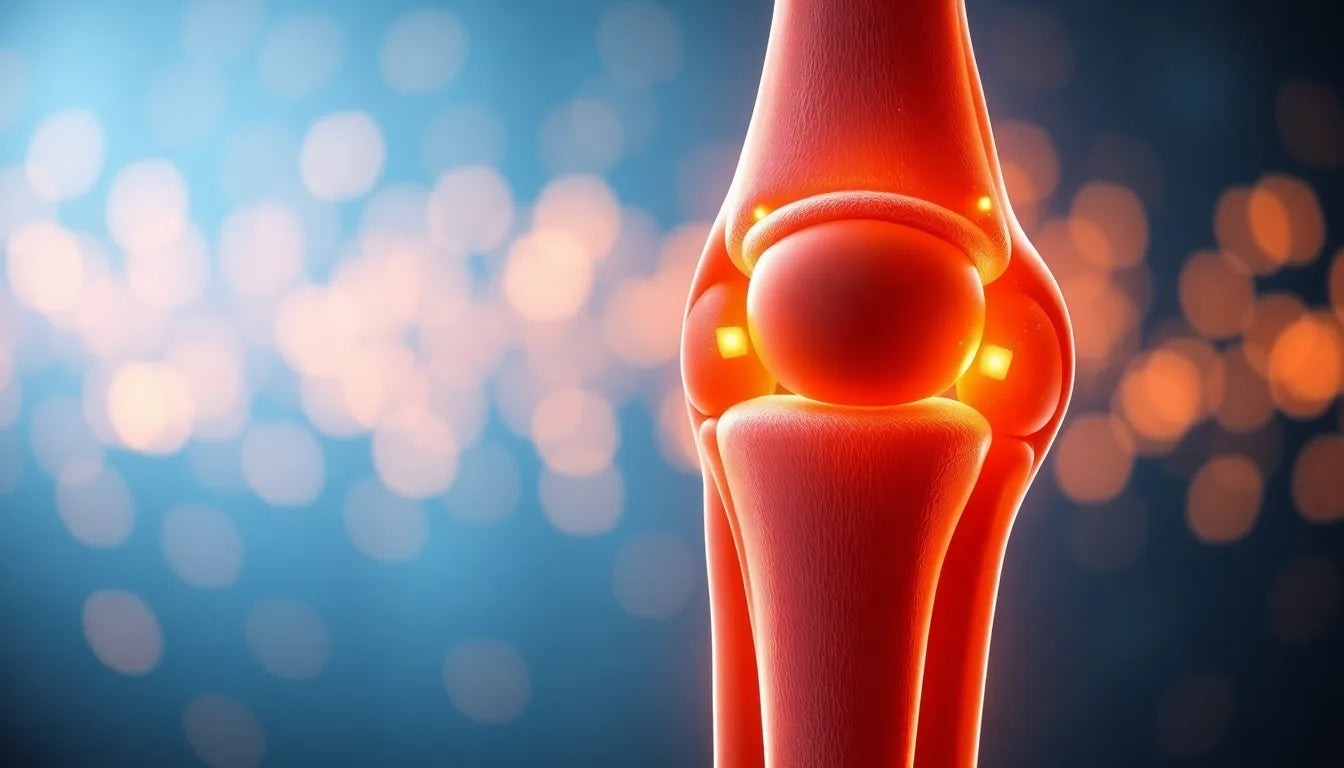In today's fast-paced world, neck strain has become a common ailment, often resulting from our modern lifestyle habits such as prolonged computer use, poor posture, and the constant use of handheld devices. If you've ever found yourself wondering just how long that nagging neck pain will last, you're not alone. Understanding the duration of neck strain can help you manage expectations and plan effective treatment strategies.
factors influencing neck strain duration
The duration of neck strain can vary significantly depending on several factors. The severity of the strain is a primary determinant; mild strains typically resolve quickly, while more severe cases may linger. Individual healing capacity also plays a crucial role, influenced by factors such as age, overall health, and lifestyle habits. Additionally, the treatment approaches you adopt can significantly impact recovery time. Whether you choose self-care methods or seek professional intervention, understanding these elements is key to managing your recovery timeline effectively.
importance of understanding recovery timelines
Knowing what to expect in terms of recovery timelines is essential for anyone dealing with neck strain. Not only does it help in planning your daily activities and commitments, but it also aids in setting realistic expectations for your healing process. A clear understanding of the recovery timeline can guide you in making informed decisions about when to seek further help, ensuring that you don't prolong discomfort unnecessarily or ignore symptoms that require medical attention.
This blog post aims to provide a detailed guide on neck strain recovery timelines, helping you anticipate your healing journey. By understanding the typical recovery periods for mild, moderate, and severe neck strains, you can better prepare for the road ahead. Moreover, recognizing the signs that indicate the need for professional care can prevent complications and promote a smoother recovery.
Stay tuned as we delve deeper into the specifics of neck strain recovery in the following sections, offering insights into the average healing times and the best practices for managing your condition effectively.
understanding neck strain severity and recovery
Neck strain, a prevalent issue in today's tech-centric world, varies widely in terms of recovery time based on its severity. Let's break down the expected recovery periods for different levels of neck strain, providing you with a clearer picture of what to anticipate during your healing journey.
mild neck strain
Mild neck strains are the most common and typically heal within 1–2 weeks. These strains often result from minor muscle overuse or slight injuries, leading to symptoms like stiffness and mild discomfort. To facilitate recovery, it's advisable to rest the affected area, apply heat or cold packs, and consider over-the-counter pain relief if necessary. Engaging in gentle neck exercises can also promote flexibility and reduce stiffness.
moderate neck strain
Moderate neck strains can be more debilitating, with recovery times ranging from 2–4 weeks. Symptoms may include increased pain and limited mobility, which can interfere with daily activities. In these cases, professional intervention such as physical therapy or chiropractic care might be recommended to aid recovery and restore full function. These therapies can provide targeted exercises and treatments that address underlying issues, potentially speeding up the healing process.
severe neck strain
Severe neck strains are less common but can be particularly challenging, often requiring up to 12 weeks or more for full recovery. Such strains might present with significant pain, stiffness, and mobility issues, necessitating a comprehensive approach to treatment. Medical evaluation is crucial in these instances to rule out more serious conditions and to develop a tailored rehabilitation plan. Rehabilitation may include a combination of physical therapy, medication, and possibly ergonomic adjustments to prevent future issues.
factors influencing recovery duration
Several factors can influence how long it takes to recover from a neck strain. Individual healing capacity is a significant consideration, with age, overall health, and lifestyle habits playing pivotal roles. Younger individuals or those in good health may experience quicker recovery times, while older adults or those with pre-existing health conditions might find the process slower. Additionally, the role of ergonomic aids and posture correction cannot be overstated. Proper ergonomic support can alleviate strain on the neck, potentially accelerating recovery and preventing future injuries.

Men's Posture Shirt™ - White
Patented NeuroBand™ shirt to improve posture and relieve tension during daily activities.
For example, using an ergonomic chair or adjusting your workstation to promote better posture can significantly reduce neck strain. Incorporating regular breaks and neck exercises into your routine can also be beneficial. These proactive measures not only support recovery but also contribute to long-term neck health by reducing the risk of re-injury.

Women's Posture Shirt™ - Black
Patented shirt with Neuroband™ tech to help relieve tensions and improve postural health daily.
visualising the recovery timeline
To summarise, here's a simple recovery timeline for neck strains:
| Severity | Recovery Time | Suggested Treatment |
|---|---|---|
| Mild | 1–2 weeks | Rest, heat/cold application, over-the-counter pain relief |
| Moderate | 2–4 weeks | Professional intervention, physical therapy |
| Severe | Up to 12 weeks or more | Medical evaluation, rehabilitation |
This timeline provides a general guideline, but it's important to consult a healthcare professional for a personalised assessment, especially if symptoms persist or worsen. Understanding these factors and timelines can empower you to make informed decisions about your neck health, ensuring a smoother and more effective recovery process.
when to seek professional care
While most neck strains resolve with time and self-care, certain symptoms indicate the need for professional evaluation. Persistent pain that extends beyond the typical recovery periods, numbness, weakness, or pain radiating into the arms or legs are red flags that warrant medical attention. These symptoms could signify underlying issues that require more than just at-home care.
Early intervention by healthcare professionals can prevent complications and facilitate a more efficient recovery. A thorough assessment can help rule out serious conditions such as herniated discs or nerve compression, ensuring that the appropriate treatment plan is implemented. This proactive approach not only aids in recovery but also helps prevent future occurrences by addressing the root cause of the strain.
treatment options overview
Understanding the range of treatment options available for neck strain is crucial for effective recovery. Self-care measures, such as rest, application of heat or cold, and over-the-counter pain relief, are often sufficient for mild strains. However, moderate to severe strains might benefit from professional interventions like physical therapy or chiropractic care. These therapies offer targeted exercises and techniques that can expedite healing and restore mobility.
In some cases, ergonomic products, such as supportive pillows or adjustable workstations, can play a significant role in recovery. These aids promote proper posture and reduce strain on the neck, potentially preventing future injuries. For severe cases that do not respond to conservative treatments, surgical intervention may be considered, although this is typically a last resort.
frequently asked questions
what are the first steps to take when experiencing neck strain?
Rest, apply ice or heat, and consider over-the-counter pain medication. Monitor symptoms for improvement within a few days.
how can I prevent neck strain from recurring?
Maintain good posture, use ergonomic aids, take regular breaks from desk work, and perform neck-strengthening exercises.
are there any activities I should avoid during recovery?
Avoid heavy lifting, abrupt neck movements, and prolonged periods of inactivity to prevent aggravating the strain.
how can ergonomic aids help in neck strain recovery?
Ergonomic aids can provide support, promote proper posture, and reduce strain on the neck during daily activities, aiding in recovery.
what should I do if my symptoms worsen?
Seek medical attention promptly to rule out more serious conditions and receive appropriate treatment, ensuring a safe and effective recovery.
Källor
- UCHealth. (n.d.). "Neck Strain."
- Choi, B. Y., & Verbeek, J. H. (2015). "Neck Pain." NCBI Bookshelf.
- American Academy of Orthopaedic Surgeons. (n.d.). "Neck Sprain."
- Cleveland Clinic. (n.d.). "Neck Pain."
- Seattle Children's. (n.d.). "Neck Pain or Stiffness."
- NHS. (n.d.). "Neck Pain and Stiff Neck."
- American Family Physician. (2020). "Diagnosis and Treatment of Acute Neck Pain."
- Kaiser Permanente. (n.d.). "Neck Strain: Care Instructions."


















